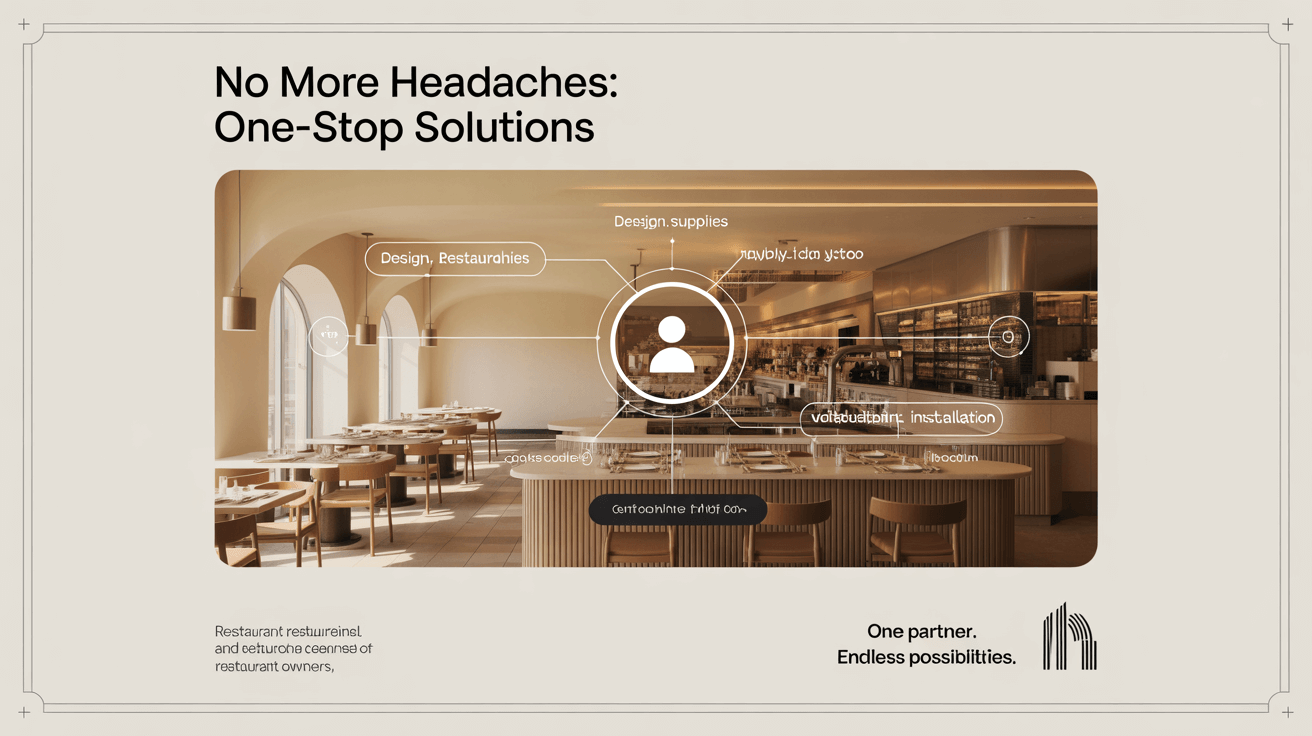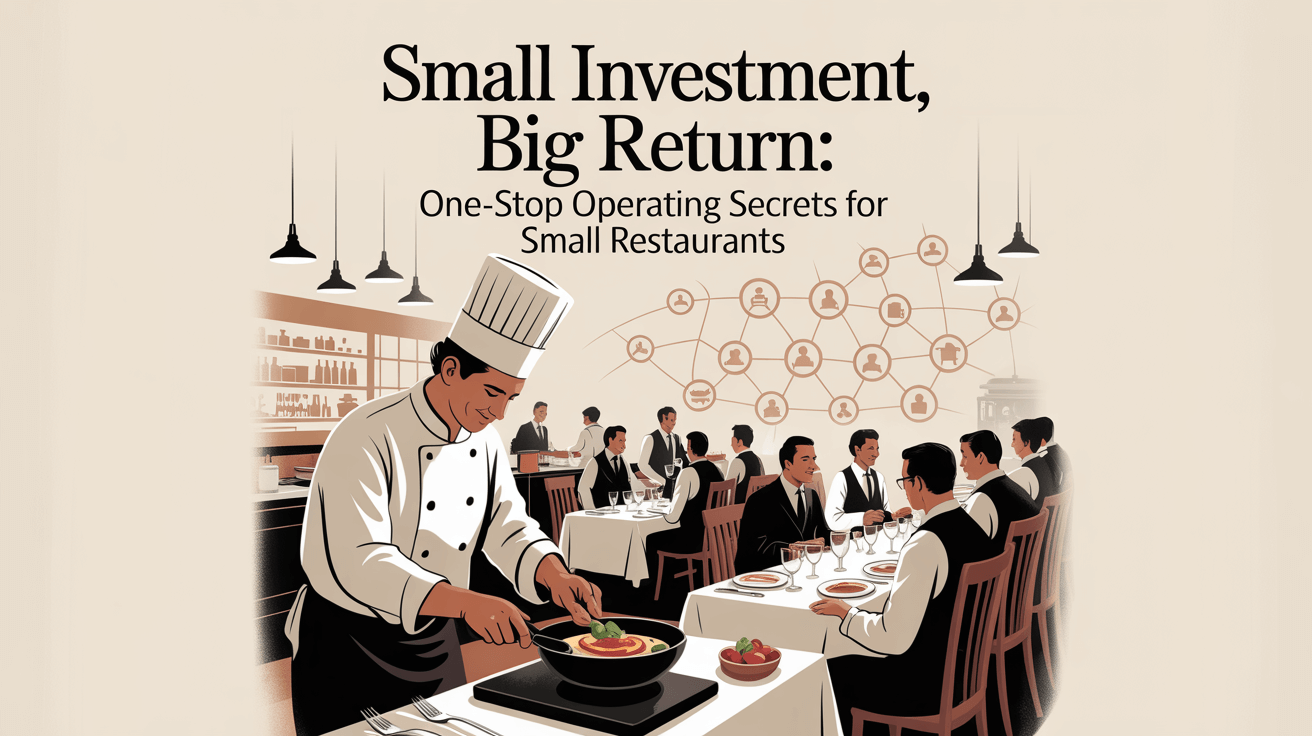how to buy restaurant furniture guides you through smart sourcing—from planning to purchase—so you get durable fixtures that fit your brand and budget. But here’s the kicker… the right process ensures style and savings align.
1. How do you assess your restaurant’s needs?
● Measure floor layout and traffic flow
● Define seating capacity and service zones
● Choose style themes and brand colors
● Plan budget ranges per seat or table
Ready for the good part? precise planning avoids costly errors.
| Factor | Purpose |
|---|---|
| Measurements | Space optimization |
| Capacity Goals | Revenue forecasting |
2. Where can you source reliable vendors?
● Direct manufacturers for custom builds
● Wholesalers offering warranty-backed items
● Online B2B platforms with vetted suppliers
● Local dealers for fast turnaround
What’s the real story? vendor choice affects quality and lead time.
3. How do you compare product specifications?
● Check frame materials (wood, steel)
● Verify foam densities and upholstery ratings
● Review finishes for durability and cleaning
● Ensure compliance with fire and ADA codes
This is where it gets interesting… specs determine longevity and safety.
4. How do you request and evaluate quotes?
● Solicit multiple detailed proposals
● Compare per-unit costs and bulk discounts
● Include shipping and installation fees
● Factor in warranties and service terms
But here’s the kicker… apples-to-apples quotes reveal true value.
| Quote Element | Comparison Criteria |
|---|---|
| Unit Price | Material and labor split |
| Shipping Cost | Distance and weight |
5. What payment terms and financing exist?
● Net-30 to net-60 vendor terms
● Leasing or rent-to-own programs
● Equipment loans at competitive APR
● Early-payment discounts for cost savings
Ready for the good part? flexible finance eases cash flow.
6. How do you verify supplier reliability?
● Check online reviews and testimonials
● Request sample pieces or showroom visits
● Verify certifications (BIFMA, ISO)
● Ask for client references and case studies
What’s the real story? reliability prevents project delays.
7. What warranties and after-sales services matter?
● Frame and upholstery coverage durations
● Availability of replacement parts
● On-site repair or remote support
● Conditions for voiding warranty
This is where it gets interesting… strong warranties protect your investment.
| Warranty Type | Industry Standard |
|---|---|
| Structural | 3–5 years |
| Upholstery | 1–2 years |
8. How do you plan delivery and installation?
● Schedule white-glove versus curbside arrival
● Coordinate with contractors for timing
● Confirm space access and clearances
● Plan on-site supervision during setup
But here’s the kicker… smooth install keeps opening dates on track.
9. How do you inspect upon delivery?
● Check for damage or defects immediately
● Verify correct quantities and models
● Test functionality of chairs and tables
● Document and report any issues fast
Ready for the good part? prompt inspection triggers replacements sooner.
10. What staging and placement best practices exist?
● Arrange fixtures by traffic pattern
● Leave clearance for staff and guests
● Group similar items for cohesive look
● Adjust layouts based on trial runs
This is where it gets interesting… smart staging boosts operational flow.
| Staging Tip | Benefit |
|---|---|
| Traffic Clearances | Service efficiency |
| Thematic Grouping | Brand cohesion |
11. How do you train staff on new furnishings?
● Demonstrate safe use and cleaning methods
● Review maintenance schedules
● Assign damage-reporting protocols
● Include furniture care in onboarding
What’s the real story? informed staff extends fixture life.
12. What maintenance plans maximize lifespan?
● Regular cleaning with approved products
● Quarterly hardware checks and tightening
● Annual re-upholstery or sealant refresh
● Seasonal deep-clean sessions
But here’s the kicker… proactive care cut replacement costs.
| Maintenance Task | Frequency |
|---|---|
| Cleaning | Daily |
| Hardware Check | Quarterly |
13. How do you handle upgrades and replacements?
● Track usage and wear patterns
● Budget for phased refresh cycles
● Negotiate trade-in credits with vendors
● Keep spare parts in inventory
Ready for the good part? planned upgrades minimize downtime.
14. How can you leverage bulk and repeat orders?
● Secure volume discounts on recurring buys
● Lock in fixed pricing for 12–24 months
● Establish preferred-vendor status
● Automate reorders through B2B portals
This is where it gets interesting… bulk deals slash unit costs.
| Strategy | Savings Estimate |
|---|---|
| Volume Discounts | 10–20% off |
| Contract Pricing | Fixed rates |
15. How do you measure ROI on restaurant furniture?
● Calculate cost per seat over expected years
● Monitor maintenance expenses annually
● Assess impact on customer satisfaction
● Compare renewal versus replacement cycles
What’s the real story? ROI metrics drive smarter buys.
Conclusion
Following a structured buying process—from needs assessment to ROI measurement—ensures restaurant furniture that enhances guest comfort and protects your budget. Apply these steps to make informed, cost-effective purchases.
FAQ
Q1: What’s the benefit of factory-direct sourcing?
Factory-direct pricing can cut markup by up to 30%.
Q2: How long should warranties last?
Aim for 3–5 years on frames and 1–2 years on upholstery.
Q3: Are rent-to-own options viable?
Yes, they spread costs and preserve working capital.
Q4: How often should furniture be deep-cleaned?
Schedule annual deep cleans and quarterly maintenance checks.
Q5: Can bulk orders secure additional discounts?
Yes—volume commitments often unlock 10–20% savings.






